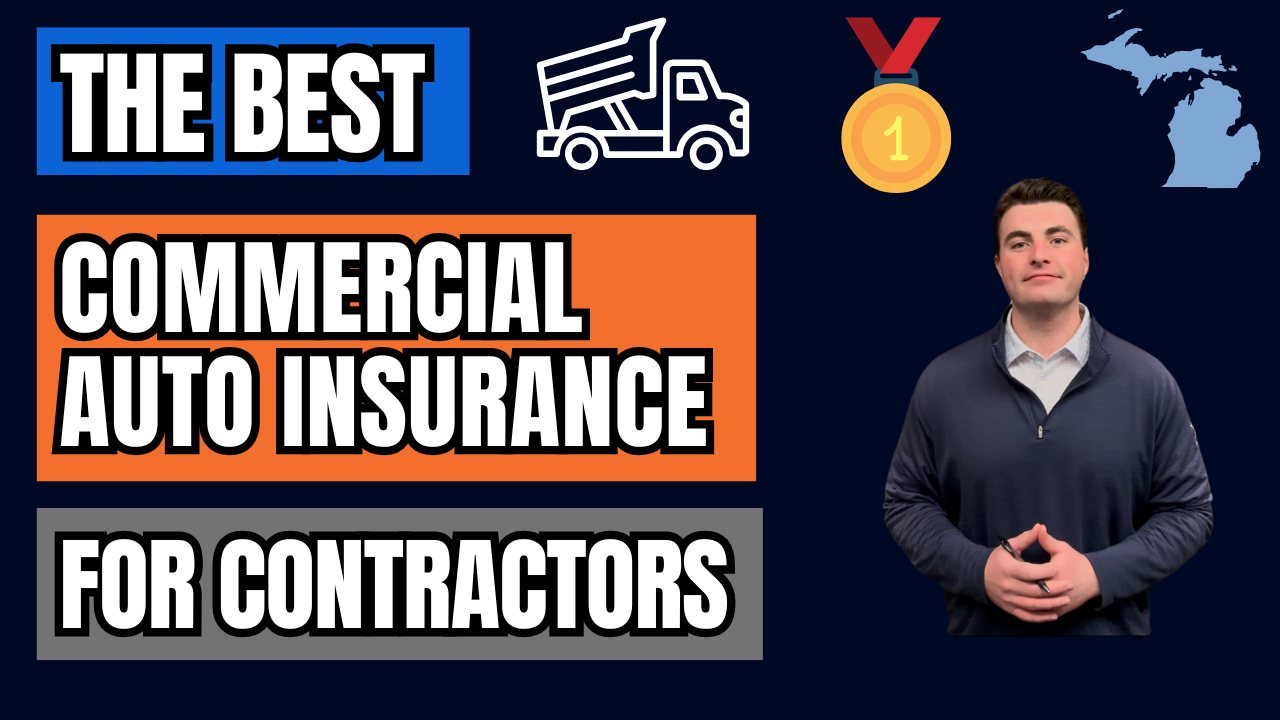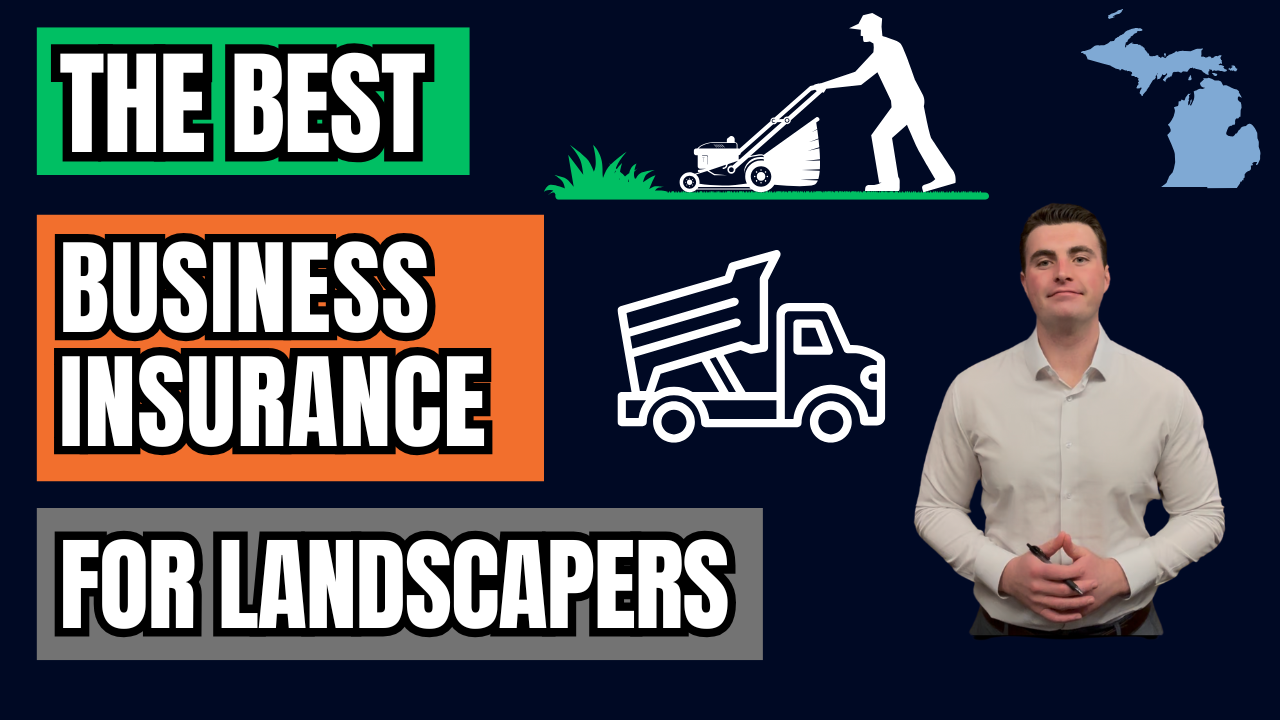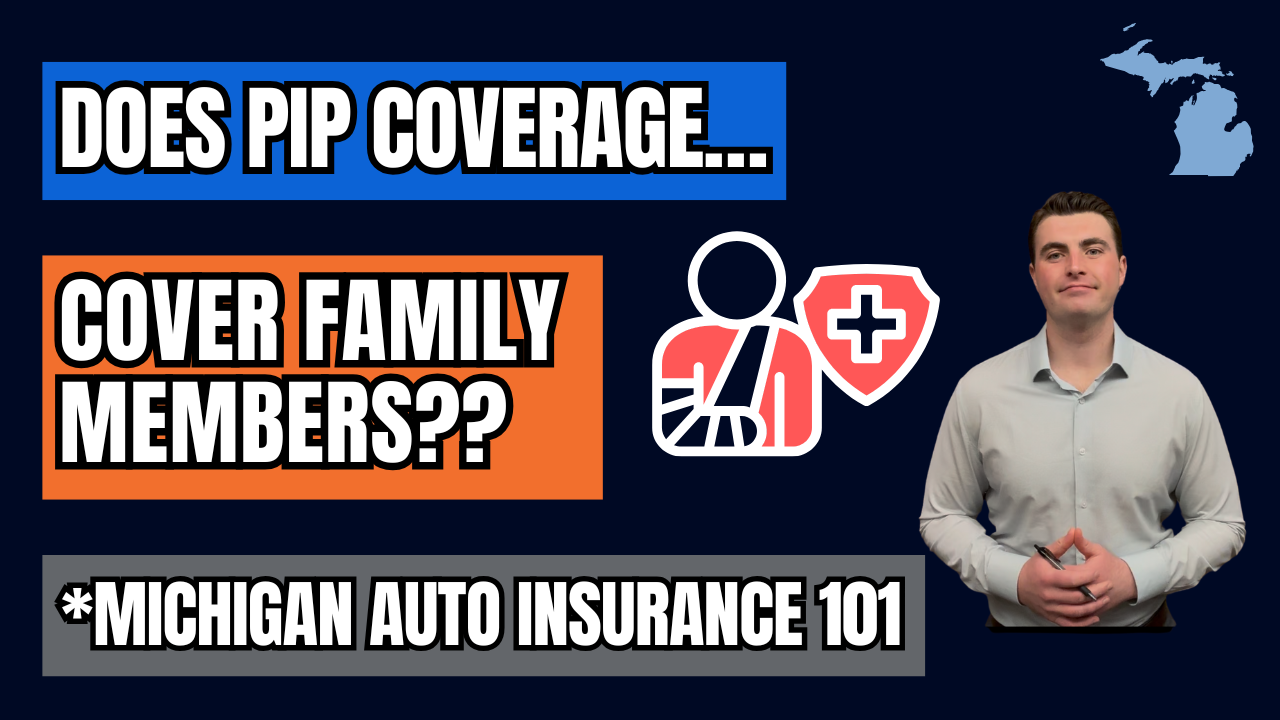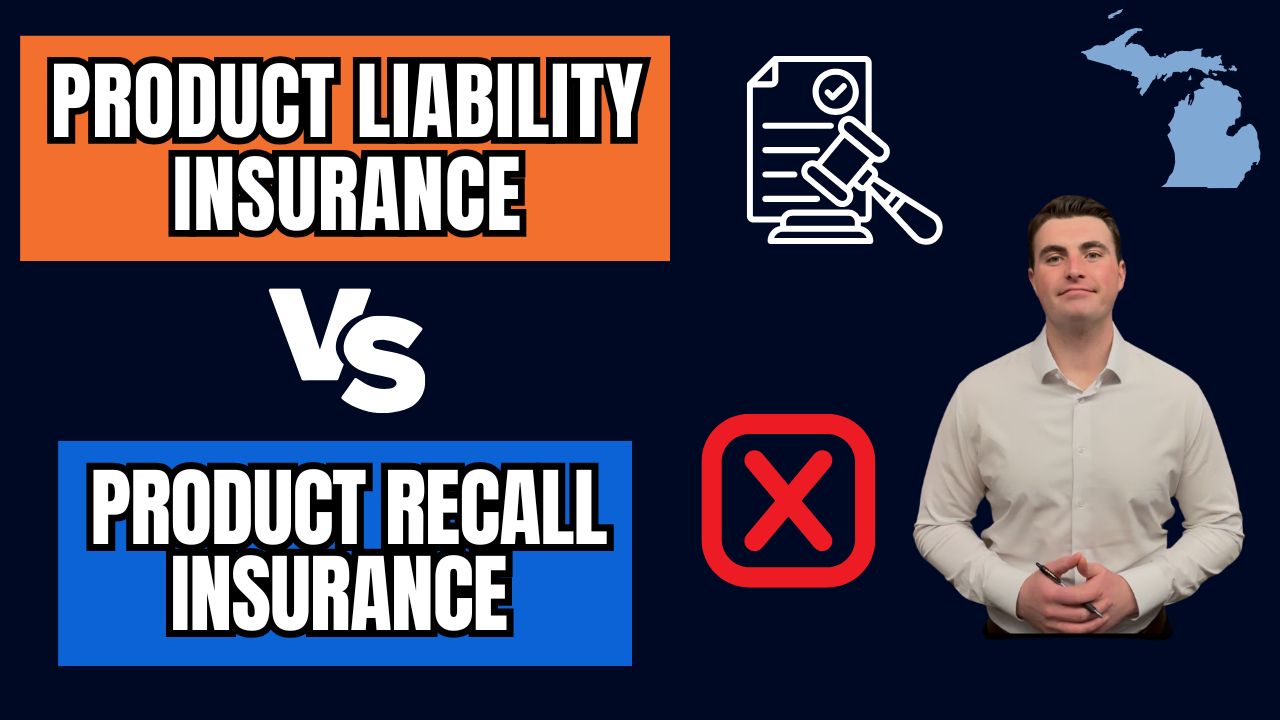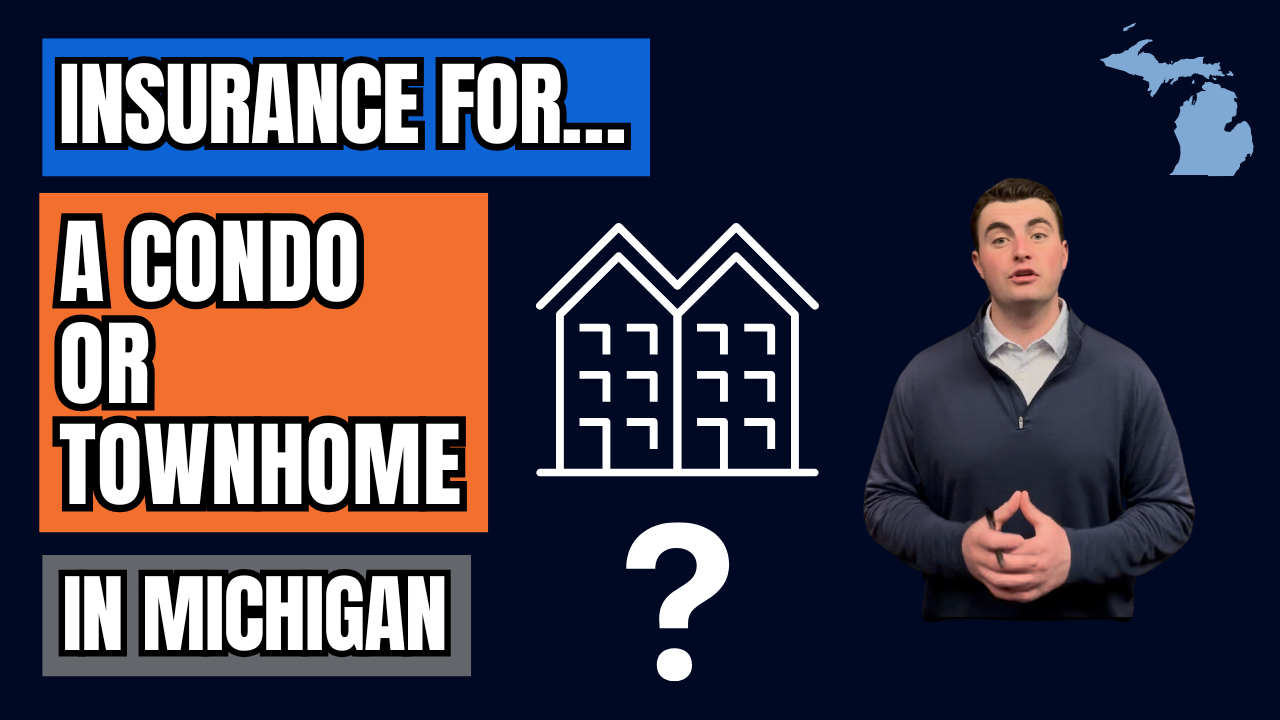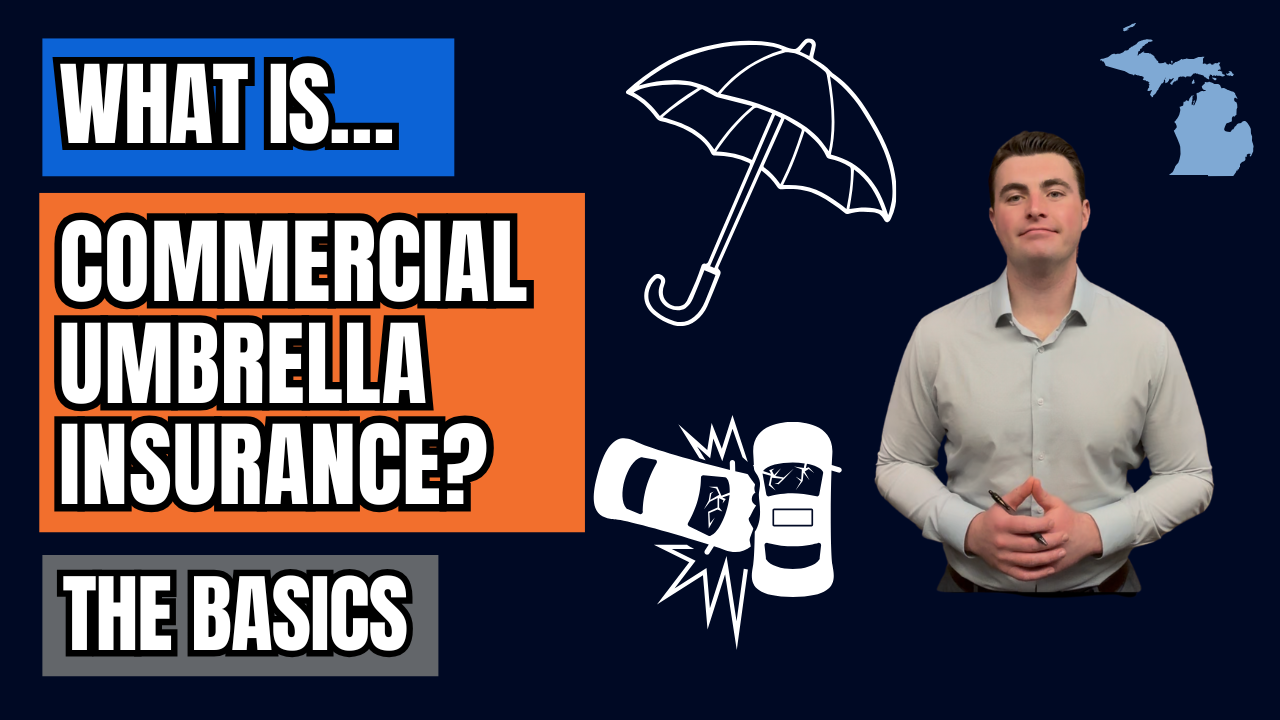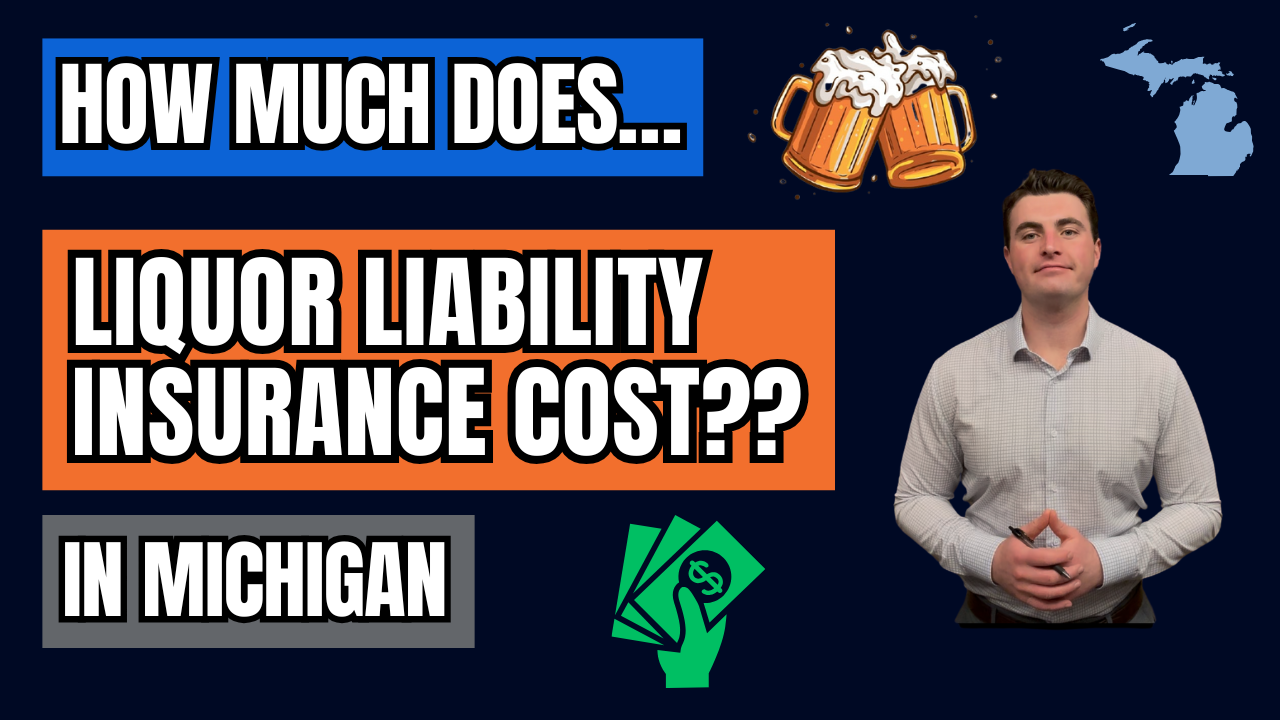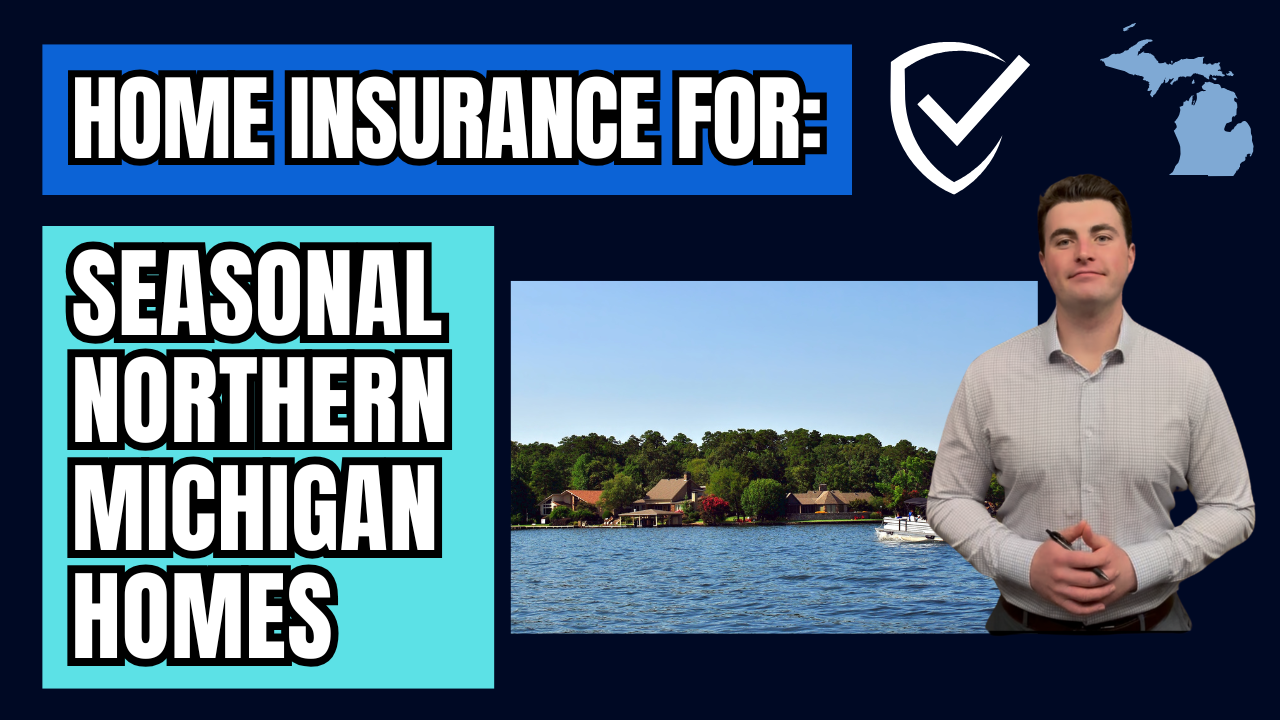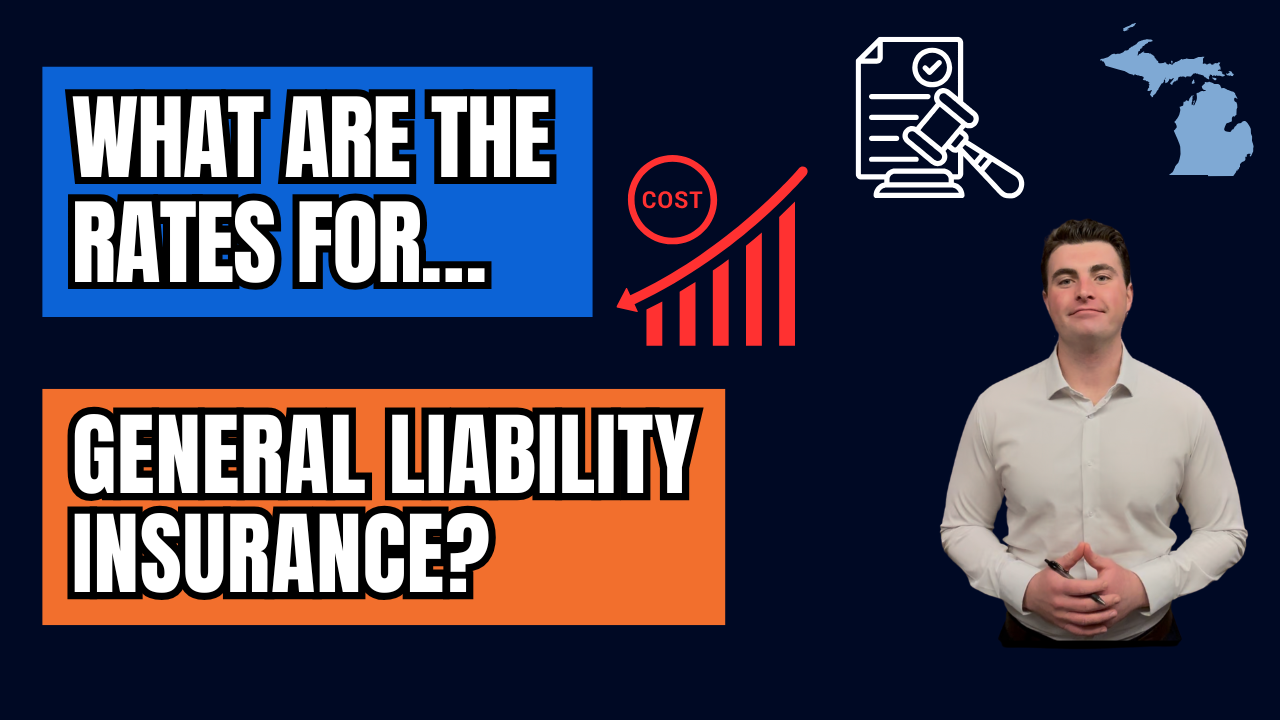How To Calculate The TIV? (Total Insurable Value) | Commercial Property Insurance 101
How To Calculate The TIV? (Total Insurable Value) | Commercial Property Insurance 101
What Is Total Insurable Value (TIV)?
When it comes to commercial property insurance, Total Insurable Value (TIV) is one of the most important numbers to get right. TIV represents the combined value of all property and assets covered under your insurance policy. This figure is used by your insurance company to determine how much coverage you need in case of a major loss, such as a fire, storm, or other disaster.
Calculating TIV correctly ensures that your business won’t be left underinsured—or paying premiums on unnecessary coverage.
Step 1: Determine the Replacement Cost of Your Buildings
The starting point in calculating TIV is the replacement cost of each building in your portfolio. This is not the same as market value. Instead, it’s the estimated cost to rebuild or repair the building if it were completely destroyed.
Factors that go into replacement cost include:
- Year built
- Square footage of the property
- Construction type (brick, steel, wood, etc.)
- Labor and material costs in today’s market
Because construction costs change over time, it’s important to update these values regularly to avoid being underinsured.
Step 2: Include Business Personal Property
Next, add the value of your business personal property—the assets inside your building. This includes items such as:
- Furniture and fixtures
- Machinery and equipment
- Inventory or stock
- Computers and electronics
If your business operates out of the property, these assets are often just as critical as the building itself.
Step 3: Factor In Additional Coverages
Beyond buildings and contents, you’ll also want to consider optional but important coverages when calculating your TIV.
- Ordinance or Law Coverage – Helps cover the cost of bringing a damaged building up to current building codes.
- Equipment Breakdown Coverage – Covers essential systems such as HVAC, boilers, or specialized machinery.
These coverages may not be included automatically in a standard policy, but they can protect you from significant unexpected costs.
Step 4: Don’t Forget Business Income & Extra Expense Coverage
While not tied directly to the physical value of your property, business income and extra expense coverage are a critical part of your insurance program.
- Business Income Coverage protects against lost revenue if your operations are interrupted.
- Extra Expense Coverage helps cover additional costs, such as renting temporary space or equipment, while you get back up and running.
If you lease your property to tenants, be sure to factor in rent rolls when calculating business income coverage so you’re protected against lost rental income.
Step 5: Add It All Up
Once you’ve totaled:
- The replacement cost of your buildings
- The value of your business personal property
- Any additional coverages like ordinance or equipment breakdown
- Your business income and extra expense needs
…you’ll have your Total Insurable Value (TIV).
This is the figure your insurance company uses to make sure you’re properly covered in the event of a loss.
Final Thoughts
Calculating TIV isn’t just about checking a box—it’s about protecting your business from financial disaster. Whether you own a single commercial building or a portfolio of properties, having an accurate TIV ensures that your coverage matches the true cost of rebuilding, replacing assets, and keeping your operations running.
If you’re unsure whether your property insurance limits are accurate, it’s always a good idea to review them with a trusted insurance advisor.
Contact Us
We will get back to you as soon as possible.
Please try again later.
